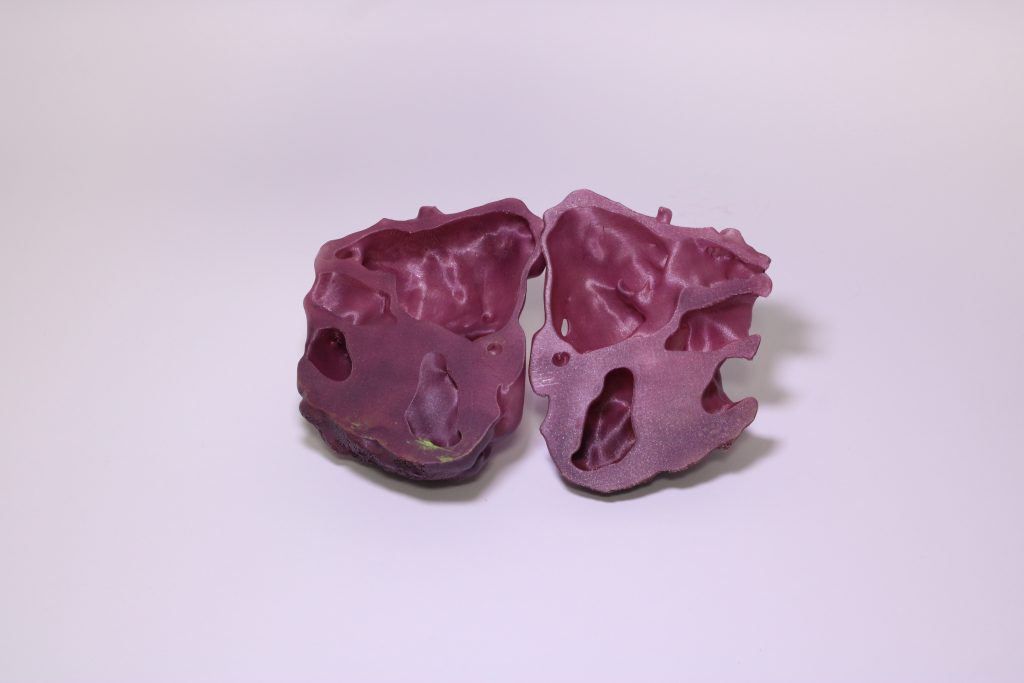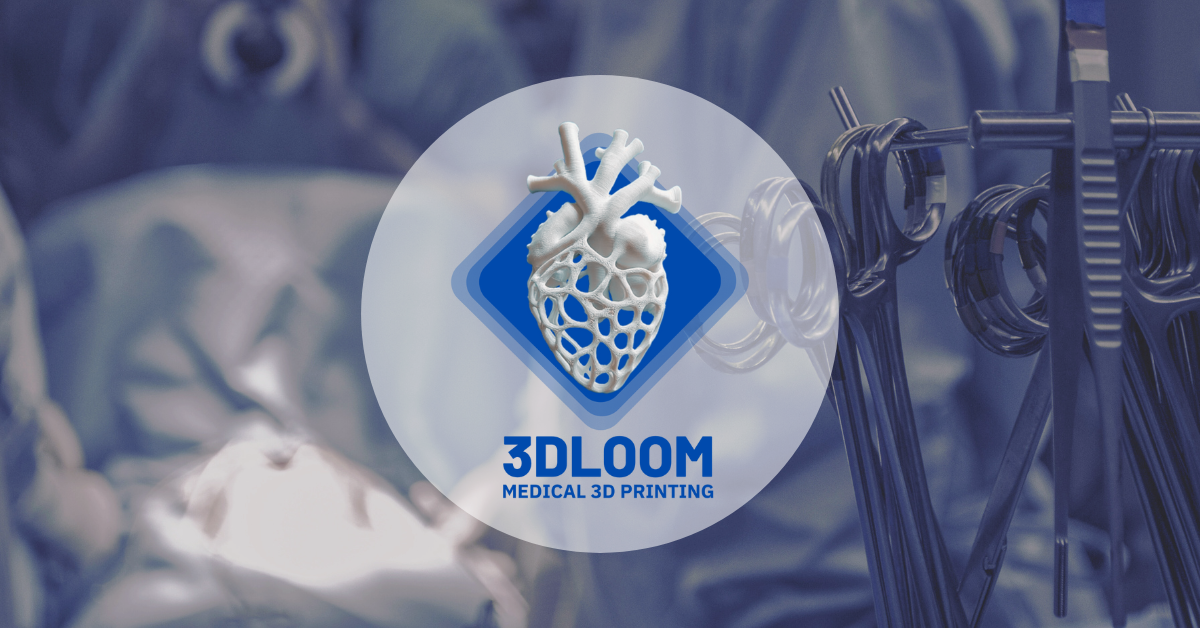In modern medicine, surgeons operate with extraordinary skill, but still face one fundamental limitation: they must plan complex procedures using two-dimensional images of a three-dimensional body. No matter how advanced the scans, some anatomical details remain hidden until the surgery begins.
This is the problem that 3DLoom set out to solve. Founded by a team led by a practicing surgeon, the startup creates realistic, patient-specific 3D-printed organ models that surgeons can hold, explore, and study before the first incision.
Their vision is to help every surgical team see what truly lies beneath the surface—and to do so with the accuracy, texture, and detail of real human tissue.
From 2D uncertainty to 3D clarity
When 3DLoom’s founders looked around the operating room, they saw surgeons relying on CT and MRI scans to plan procedures that required deep spatial understanding. Even with the best software, those scans offered limited insight. For complex or rare conditions, this lack of clarity could lead to longer procedures, unexpected challenges, or higher risks.

By introducing personalized, multi-material 3D models, 3DLoom gives surgeons a tangible, patient-specific tool to plan and practice procedures. Their models go beyond anatomical shape—they simulate how real tissue feels, cuts, and responds. This tactile realism lets surgeons plan more confidently and make better decisions before the patient ever enters the operating room.
A breakthrough that changed a surgery—and a life
The power of this technology became clear during a pediatric cardiac case involving a three-month-old baby. Using a 3DLoom model of the infant’s heart, the surgical team discovered a previously unseen structural detail that completely changed their approach just 30 minutes before the operation.
That discovery helped avoid a high-risk maneuver and contributed to a successful surgery and full recovery. For 3DLoom, moments like this confirm that their work is not about gadgets or prototypes—it’s about outcomes.
Proven impact across multiple specialties
Since its founding, 3DLoom has supported 47 surgeries across abdominal, orthopedic, cardiac, and neurosurgical procedures. Ten early-adopter surgeons have integrated their models into surgical planning, citing measurable improvements in efficiency and precision.
Dr. Labinot Bekteshi, a traumatologist and one of 3DLoom’s early users, shared:
“My experience with using 3DLoom’s 3D printed models is exceedingly positive. For the cases I used the models, not only did my understanding of the patient’s anatomy improve, I was able to finish the operation in a much shorter time than usual, saving on average 30–40 minutes.”
This kind of feedback demonstrates how technology built for clinical needs can directly translate into better surgical outcomes and reduced time in the operating room.
Recognition and momentum
3DLoom’s work has not gone unnoticed. Their research has been published in a peer-reviewed journal by Oxford University Press, and the company holds a national patent in North Macedonia. They have been featured across major regional media outlets including Bloomberg Adria and Radio Free Europe, and have joined multiple acceleration programs—most recently, the Labena Ventures Corporate Accelerator.
To date, 3DLoom has collaborated with several leading institutions, including St. Naum Ohridski University Hospital in Skopje, St. Erazmo Hospital in Ohrid, and partners such as Pathkeeper Surgical and Acibadem Sistina.
The road ahead
Looking forward, 3DLoom plans to expand into the U.S. and Western Europe, building partnerships with hospitals, universities, and research institutions. The team is also developing an AI-powered segmentation platform to accelerate the transformation of medical scans into printable 3D models.
Beyond surgical planning, they aim to provide advanced training models for medical schools and residency programs—helping train the next generation of surgeons with tools that replicate the feel and complexity of live operations.
Lessons from the journey
Like any pioneering startup, 3DLoom’s path has included challenges. Early prototypes didn’t meet surgeons’ expectations, but instead of scaling back, the team doubled down on experimentation, creating new material blends and design combinations not found in any manual or online guide.
Their resilience paid off, resulting in models that now earn the trust of top clinicians.
Since joining Labena Ventures, the team has learned firsthand the power of partnerships—how accelerators and innovation networks can dramatically shorten the path to adoption.
When asked about their most important lessons, the founders put it simply:
- Talk to users early and often.
- Speed beats perfection.
- Build with the customer.
And their advice to other founders? “Listen more than you pitch. Your customers already know what they need.”
The founding team



